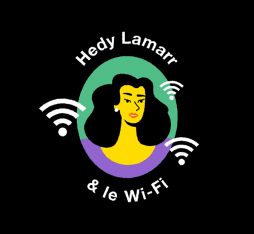“Network ‘as a service’ enables brick by brick selection of the best current technological solutions.”
NaaS
Well-known in the world of cloud computing, the “as a service” trend is now reaching networks. With Network as a Service (NaaS), service providers are offering a subscription-based global solution for networks and their associated services that is easily usable by the customer’s IT service.
Companies thus no longer need to invest in equipment – hubs, switches, routers, etc. – or maintain it, and can manage their IT resources and associated connectivity in a more unified manner. They have access to a network that is always cutting-edge, with the best current solutions in the areas of LAN, WAN, SD-WAN, or Wi-Fi.
NaaS has other benefits
The company only pays for the services that it uses, whilst being able to constantly adjust its network capacity and its activity.
At the operational level, the CIO relieves their teams of network administration tasks with no added value, whilst obtaining service-level-agreement (SLA) commitments from their provider, such as a guaranteed level of availability or a high level of security.
How does NaaS work?
In order to deploy new connectivity services on the fly, NaaS uses a software abstraction layer, calling upon network virtualization technologies such as SDN (Software-Defined Networking) and NFV (Network Functions Virtualization). Furthermore, machine learning enables constant supervision of the network and detection of any potential faults or threats. On the basis of historical telemetry data, a learning system suggests an ideal network parameter configuration. Should the network deviate from this standard configuration, it alerts the administrator or automatically takes corrective measures.
Thanks to these strengths, the NaaS market is expected to grow significantly. According to a Global Market Insights study, its annual growth rate should be over 35 % from 2019 to 2035, with its global revenue going from 5 to 50 billion dollars, that is from 4.2 to 42 billion euros.










